Mitsubishi A6M2-21 Zero Japan Air Force
Production Time 9 to 10 weeks
Shipment is by FedEx, UPS or DHL International Express Courier with a normal door-to-door delivery time worldwide of within 2-3 business days after dispatch. Due to the current volatility of world fuel prices, the amount mentioned here is our best estimate for DHL and UPS and may be subject to change at the time of shipping.

Model Description: Mitsubishi A6M2-21 Zero Japan Air Force Wood Replica Scale Custom Model Aircraft
Manufacturer: Mitsubishi
Wingspan: 17 Inches (43.2 Centimeters)
Height: 4.3 Inches (10.9 Centimeters)
Scale: 1:28
Registration: BII-144
$239.50
Production Time 9 to 10 weeks
-
United States dollar ($)
-
Pound sterling (£)
-
Euro (€)
-
Australian dollar ($)
-
Canadian dollar ($)
-
Singapore dollar ($)
-
Swiss franc (CHF)
-
Japanese yen (¥)
-
Danish krone (kr.)
-
Hong Kong dollar ($)
-
Norwegian krone (kr)
-
Swedish krona (kr)
-
United Arab Emirates dirham (د.إ)
General Product Description
Our PlaneArts Mitsubishi A6M2-21 Zero Japan Air Force model exhibits unique, unrivaled quality and detailed design to come as close as possible to the accuracy of the actual plane. It comes as standard with a robust, durable base or stand which is available in a variety of different finishes designed to match your own personal requirements including solid wood, wood with polished metal supports or adjustable wood wall mount and will be ready within about 9-10 weeks from placement of order.
The Mitsubishi A6M2-21 Zero Japan Air Force model is made of the finest kiln dried renewable mahogany wood (commonly known as Lauan or Meranti) which has undergone many stages of carving and meticulous and careful sanding giving the beautiful, finished museum quality masterpiece. Many collectors and model connoisseurs demonstrate their preference for genuine handmade and hand painted mahogany wood models rather than plastic or die cast (diecast) alternatives due to the overall look and totally different feel of the item - we trust you will find the same. We can however, if required produce the same model in Solid Cast Resin so just click and contact us for further information. Our craftsmen and gifted artisans ensure that our finely handcrafted model airplanes match the precise blueprint details of the original aircraft. The paint scheme, markings and parts are closely matched, reflecting the original aircraft. This stylish top-quality desktop replica model will surely enthrall anyone who receives this as a gift and for sure one of the most appropriate and desirably collectable gifts for any military aviation enthusiast and avid aircraft collector whilst also displaying a perfect resemblance to the actual real life version.
There are many types of military propeller aircraft, but the basic types are bombers, fighters, fighter bombers, spotter planes, transporters, patrol aircraft, trainers, and reconnaissance and observation aircraft. All these types of aircraft are used for different types of missions. If you're a fan of historic or present-day military aviation, our model aircraft will bring the excitement and character of these aircraft right into your own home. You can order a wood airplane model of a North American B-25 Mitchell Bomber, a B17 - Flying Fortress, or a P-51 Mustang Nervous Energy V not forgetting the Bf 109, Spitfire, FW 190, A6M Zero, P-38 and F4U. These classic, propeller airplane models are of the highest quality. Each is individually crafted by our expert craftsmen. They produce handmade scale mahogany airplane models of the finest aircraft from World War I and II to present day biplanes and triplanes.
If you require, we can also make the Mitsubishi A6M2-21 Zero Japan Air Force model in any other military, government or even private livery or colour scheme you require and if necessary, in a different size or scale. Just click here to contact us with a description or photographs of what you require, and we will let you have a quotation for the necessary customization by return email. We can also make bespoke scale replicas of any other private / civil commercial airliner or airliners, helicopter, glider, gliders with engines, military jet, warplane jets, biplane, triplane, tail fin, spacecraft, rocket or NASA model you require in any airline, military or civilian livery or colors. We also produce model airships, blimps, dirigibles, blimps, boats, and ship collectibles. Wall plaque or seal for military, government or private customers. Again, by clicking here to contact us just let us know exactly what you need.
The Mitsubishi A6M2-21 Zero: A Pillar of Japanese Air Superiority in World War II
The Mitsubishi A6M2-21 Zero fighter aircraft is an iconic symbol of Japan’s aerial might during World War II. Known simply as the “Zero,” this aircraft combined advanced engineering and tactical prowess to dominate the skies in the early years of the war, particularly in the Pacific Theater. The A6M2-21 model was a critical component of Japan’s air strategy, earning a reputation for its agility, range, and effective armament.
Development and Design:
The Mitsubishi A6M Zero was designed by Jiro Horikoshi, the chief engineer of Mitsubishi Heavy Industries. It was introduced in 1940, following the specifications set by the Imperial Japanese Navy which demanded an aircraft that was lightweight, highly maneuverable, and capable of long-range operations. The A6M2-21 model, introduced in 1941, featured several enhancements over its predecessors, including a more powerful Sakae engine and folding wing tips, which allowed for aircraft carrier storage.
The aircraft’s design emphasized agility over armor protection, a decision that reflected the tactical doctrine of the time, which prioritized offensive capabilities. This design philosophy allowed the Zero to perform with remarkable efficiency, featuring a combination of high speed, long range, and excellent maneuverability that was unmatched at the beginning of the war.
Operational History:
The A6M2-21 Zero first saw combat in China, where it quickly proved its superiority against Chinese fighters and any foreign volunteers who opposed it. However, it was during the Pacific War that the Zero truly cemented its legendary status. In the early stages of the conflict, including the attack on Pearl Harbor and throughout battles spanning Southeast Asia and the Central Pacific, the Zero enabled Japan to achieve air superiority.
The aircraft was adept at dogfighting with Allied aircraft such as the Hawker Hurricane, the Curtiss P-40, and even the early models of the Supermarine Spitfires sent to the Pacific. Its dominance was due in part to its superior maneuverability and the skills of its pilots. The Zero’s tactics typically involved engaging in dogfights at low to medium altitudes where its performance could be maximized against heavier and less agile Western aircraft.
Technical Specifications and Armament:
The A6M2-21 was powered by a Nakajima Sakae 12-cylinder radial engine, producing around 940 horsepower, which gave it a maximum speed of approximately 533 kilometers per hour (331 miles per hour). Its operational range was about 1,600 kilometers (994 miles), significantly longer than that of its contemporaries, which allowed it to escort bombers deep into enemy territory or conduct long-range reconnaissance missions.
Armament-wise, the A6M2-21 was equipped with two 7.7 mm machine guns mounted in the engine cowling and two 20 mm cannons in the wings. This combination of armament allowed it to engage a variety of targets, from enemy bombers and fighters to ground and naval targets.
Legacy:
Despite its early successes, the Zero’s impact waned as the Allies introduced more advanced aircraft, like the Grumman F6F Hellcat and the Vought F4U Corsair, which were designed to counter the strengths of the Zero. Additionally, the lack of armor and self-sealing fuel tanks became significant liabilities as Allied pilots developed tactics to exploit these weaknesses.
Today, the Mitsubishi A6M2-21 Zero is remembered as a formidable aircraft that had a significant impact on the aerial battles of World War II. It remains a subject of extensive study and admiration among aviation enthusiasts and historians, symbolizing both the technological prowess and the strategic challenges of Japan during the war. The Zero’s story is a fascinating chapter in the broader narrative of World War II, reflecting the dynamic nature of technological advancement and tactical evolution in military history.
| Weight | 6 kg |
|---|---|
| Dimensions | 12.9 × 17 × 4.3 in |
Be the first to review “Mitsubishi A6M2-21 Zero Japan Air Force” Cancel reply
Similar Models
Private & Civilian
Military Airplanes - Jet
Military Airplanes - Jet
Military Airplanes - Propeller
Private & Civilian
Military Airplanes - Jet
Private & Civilian
Private & Civilian
Private & Civilian
Private & Civilian
Private & Civilian
Private & Civilian

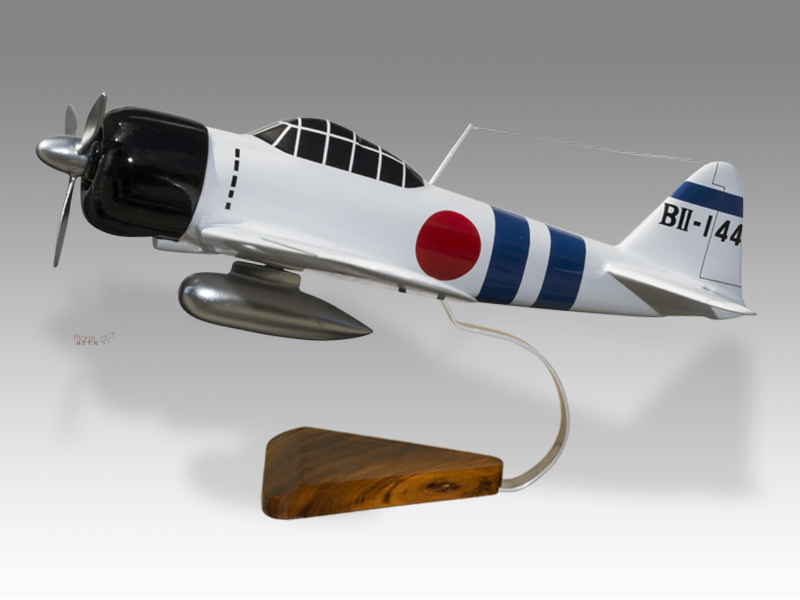
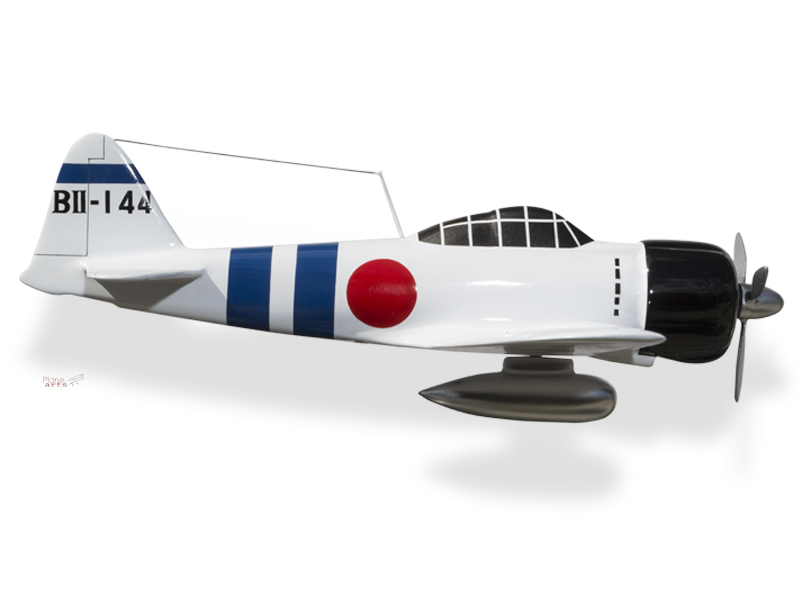
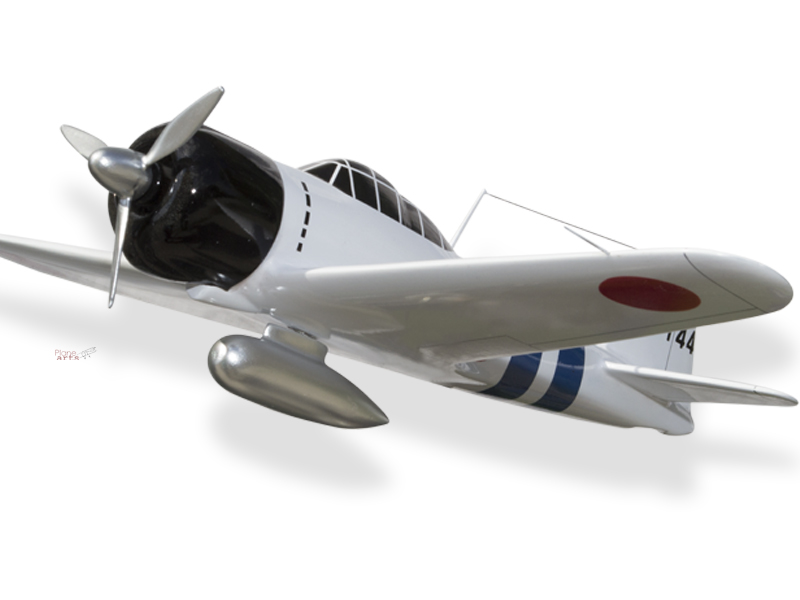
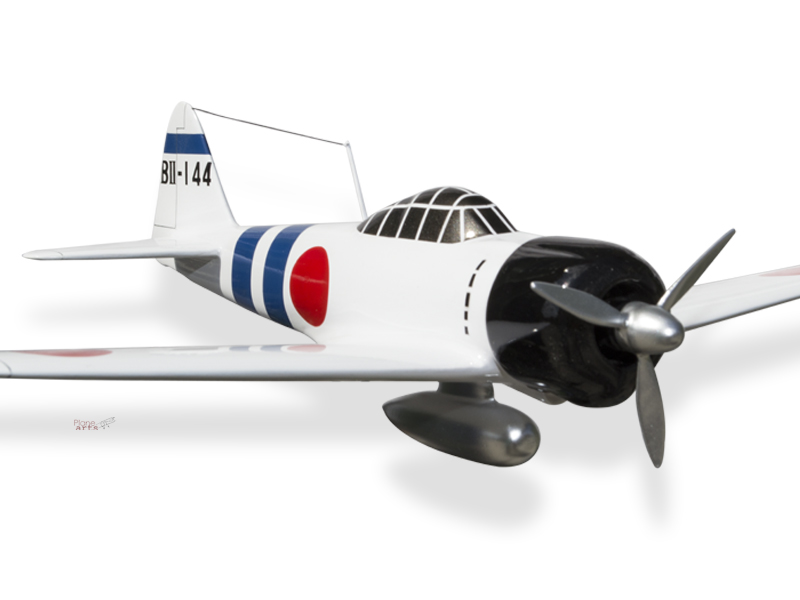
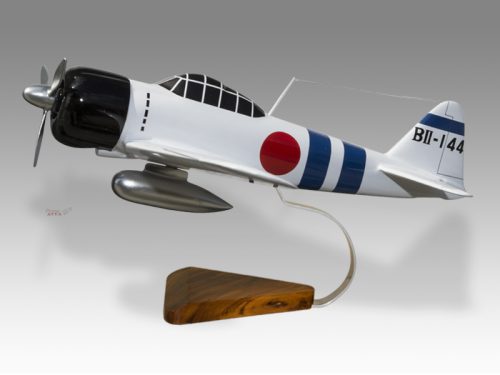
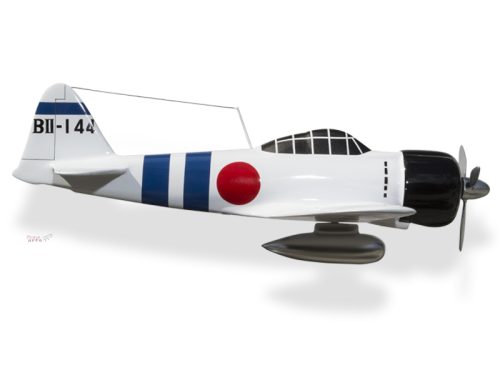
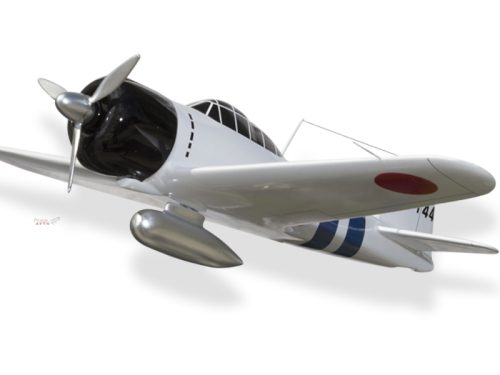
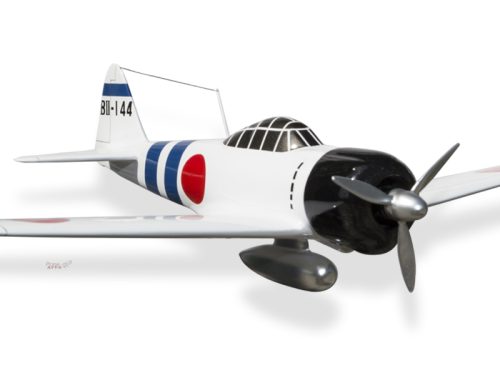
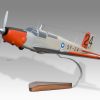
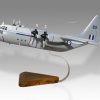
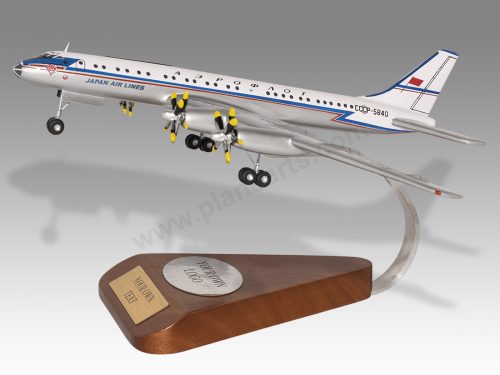
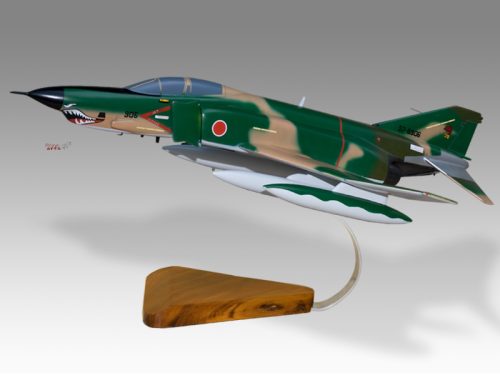
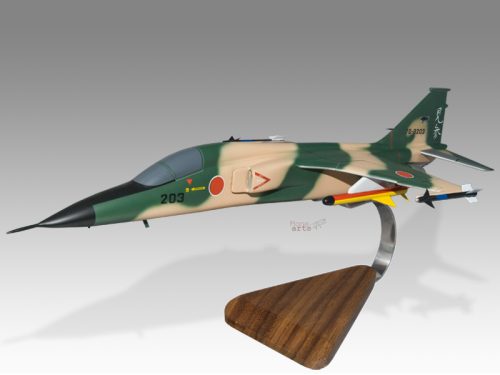
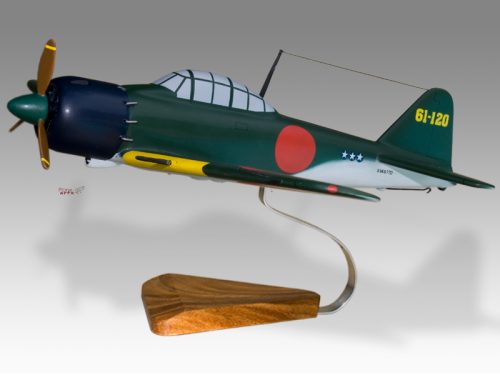

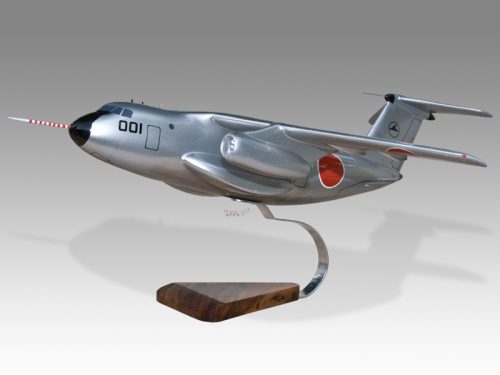



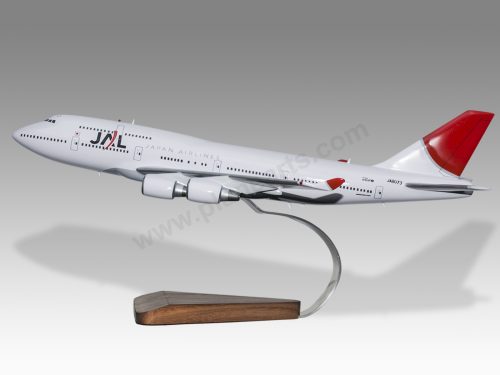
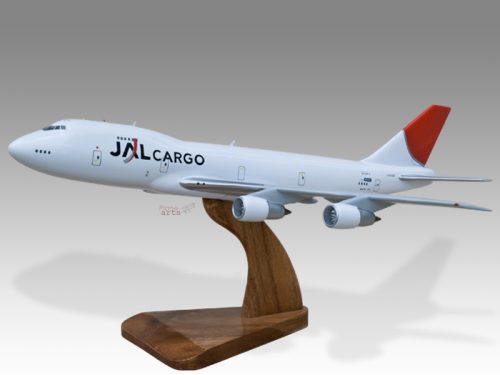
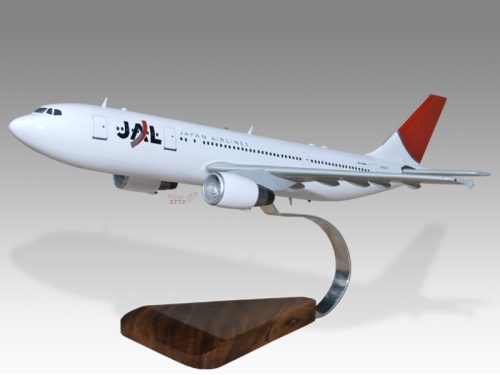
Reviews
There are no reviews yet.